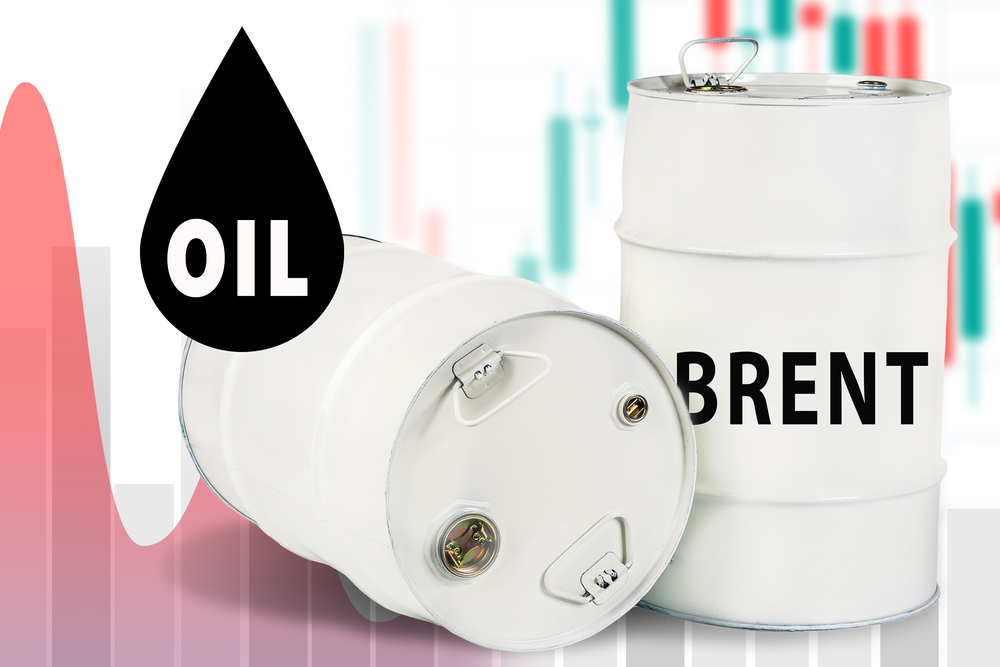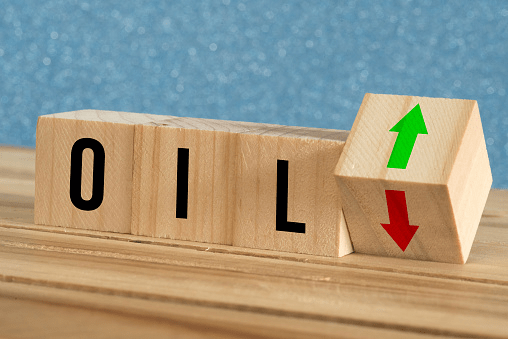Oil was headed for a third straight week of gains and prices steadied near a two-month high above $77 a barrel on Friday. Global output disruptions and inventory draws supported the oil’s gains but the rally slightly slowed down as China went ahead with its first public sale of state crude reserves.
By 1112 GMT, Brent crude was down 3 cents, or 0.04%, at $77.22 a barrel. It previously rose to its highest since July 6 at $77.74. Moreover, that was also close to its highest since October 2018.
At $73.15 a barrel, U.S. oil was down 15 cents, or 0.2%. In an earlier session it closed 1.5%, the highest since the start of August.
Major disruptions in the U.S. Gulf Coast production boosted the oil prices in recent weeks following Hurricane Ida and other storms. These disruptions have led to sharp draws in U.S. and global inventories.
Analysts and traders said U.S. oil refiners on the hunt for replacements for the Gulf crude have turned to Iraqi and Canadian oil.
Some members of the OPEC+ group have also struggled to raise output after under-investment or delays to maintenance work during the pandemic that began last year.
Analysts at UBS in a note said Brent oil prices could hit $80 a barrel by the end of September. That is due to stock draws, lower OPEC production and stronger demand in the Middle East, the analysts wrote.
Gold Up, but Set for Weekly Fall
In precious metals, gold was up on Friday morning in Asia. The bullion was recovering from a more than 1% fall during the previous session.
Giving the gold a boost was the dollar, which was near a one-week low. Albeit, the U.S. Federal Reserve’s plans to begin asset tapering quicker than planned kept it on a downward track, a third consecutive week of declines.
By 12:10 PM ET (4:10 AM GMT), gold futures inched up 0.13% to $1,752.15. It hit its lowest level since Aug. 11 on Thursday at $1737.46 but was down 0.4% for the week.
Moving inversely to gold, the dollar inched up on Friday but remained near the one-week low that it hit the day before.
On Thursday, the Bank of England and Norges Bank handed down their respective policy decisions. While the BOJ kept its interest rate unchanged at 0.10%, the Norges Bank raised its interest rate to 0.25% from the previous month’s 0%.
The Fed said that it would likely begin asset tapering within 2021. It also said it would hike interest rates in 2022, when it handed down its latest policy decision a day earlier.















